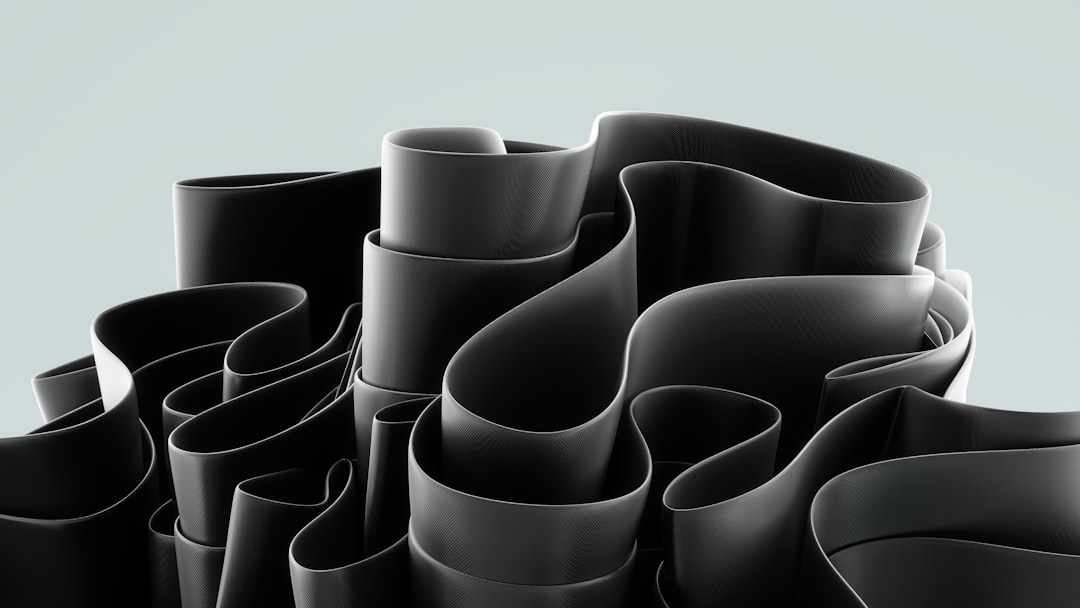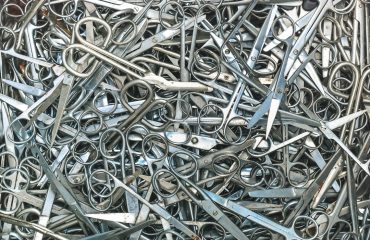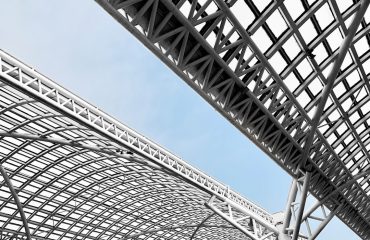EN 10217 is a crucial European standard defining the requirements for seamless steel pipes. Understanding this standard is essential for anyone involved in the selection, procurement, or application of these pipes in various industries. This comprehensive guide will delve into the intricacies of EN 10217, providing a clear and detailed overview.
Understanding the EN 10217 Standard and its Scope
EN 10217 specifies the technical delivery conditions for seamless steel pipes intended for a wide range of applications. It covers various aspects, including the chemical composition, mechanical properties, dimensions, tolerances, and testing procedures. The standard is divided into several parts, each addressing specific grades and applications. This allows for precise selection of pipes based on the demands of the project. The scope encompasses hot-finished and cold-drawn seamless pipes, catering to diverse pressure and temperature requirements. The standard ensures consistent quality and reliability, making it a globally recognized benchmark for seamless steel pipe manufacturing.
Key Grades and Their Applications within EN 10217
EN 10217 encompasses a wide range of steel grades, each designed to meet specific performance criteria. Some of the most common grades include:
- 1.0038: A low-carbon steel grade, suitable for general-purpose applications where high strength isn’t paramount. Often used in low-pressure systems.
- 1.0044: A low-carbon steel grade with enhanced mechanical properties compared to 1.0038, suitable for applications requiring slightly higher strength and toughness.
- 1.0048: A higher-strength low-alloy steel grade, offering improved yield strength and tensile strength, suitable for higher-pressure applications.
- 1.0270: A medium-carbon steel grade offering excellent strength and hardness, used in applications demanding higher resistance to wear and tear.
- 1.0402: A low-alloy steel grade with enhanced strength and toughness, frequently used in demanding applications such as high-pressure pipelines and structural components.
The selection of a specific grade depends on factors like the operating pressure, temperature, and the corrosive environment. Each grade’s specifications, including chemical composition and mechanical properties, are meticulously detailed within the EN 10217 standard.
Manufacturing Processes and Quality Control Measures
The manufacturing of EN 10217 seamless steel pipes involves sophisticated processes. Typically, these pipes are produced through hot-rolling or cold-drawing of a solid steel billet. The hot-rolling process involves heating the billet to a high temperature, then shaping it into a pipe using rollers and mandrels. Cold-drawing, on the other hand, involves drawing the pipe through a die at room temperature, resulting in improved surface finish and dimensional accuracy. Rigorous quality control measures are implemented throughout the entire process, including chemical analysis, mechanical testing, and dimensional inspections. This ensures that the final product conforms to the stringent requirements of the EN 10217 standard. Non-destructive testing methods, such as ultrasonic testing and hydrostatic testing, are commonly employed to detect any flaws or defects.
Testing and Compliance with EN 10217
Compliance with EN 10217 requires comprehensive testing procedures to verify the mechanical properties and chemical composition of the pipes. These tests include:
- Tensile testing: Determines the yield strength, tensile strength, and elongation of the steel.
- Hardness testing: Measures the hardness of the steel, indicating its resistance to indentation.
- Impact testing: Evaluates the ability of the steel to absorb energy upon impact, indicating its toughness.
- Bend testing: Assesses the ductility and formability of the steel.
- Chemical analysis: Determines the precise chemical composition of the steel, ensuring it meets the specified requirements for the chosen grade.
Manufacturers must maintain detailed records of all testing procedures and results to ensure traceability and compliance. Third-party inspection and certification are often employed to verify the conformity of the pipes to the EN 10217 standard.
Applications and Industries Utilizing EN 10217 Pipes
EN 10217 seamless steel pipes find extensive applications across diverse industries due to their superior strength, durability, and reliability. Some key applications include:
- Oil and gas industry: Used in pipelines for transporting crude oil, natural gas, and refined products.
- Chemical processing: Employed in piping systems handling various chemicals and corrosive substances.
- Power generation: Used in boiler systems, piping networks, and other critical components of power plants.
- Construction and infrastructure: Utilized in structural applications, scaffolding, and other construction projects.
- Automotive industry: Employed in various components of vehicles, such as brake lines and fuel lines.
The specific grade of EN 10217 pipe selected will depend on the particular application and the operating conditions.
This comprehensive overview provides a solid understanding of EN 10217 seamless steel pipes. By understanding the different grades, manufacturing processes, testing procedures, and applications, engineers and procurement professionals can make informed decisions to ensure the selection of the most suitable pipes for their projects.
Tags: EN 10217, seamless steel pipes, steel pipe standards, pipe grades, pressure pipes




